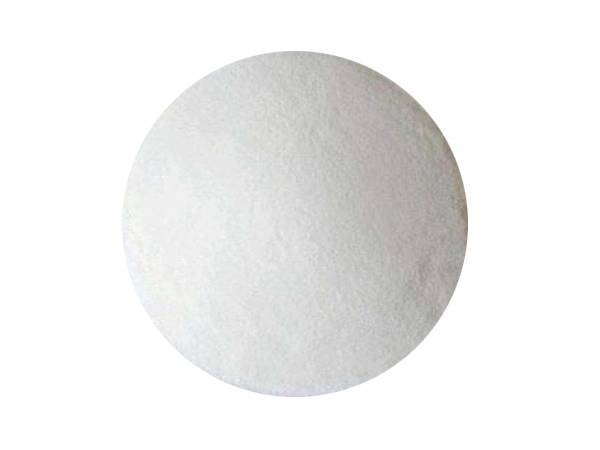



Preparation and Use of 1% Sodium Hydroxide Solution in Laboratory Applications
The Importance of 1% Sodium Hydroxide Solution in Laboratory and Industry
Sodium hydroxide, commonly known as caustic soda or lye, is a highly versatile compound with a wide array of applications in both laboratory and industrial settings. A 1% sodium hydroxide solution is a frequently used concentration, especially in various chemical reactions, titrations, and other analytical applications. This article will explore the uses and significance of a 1% sodium hydroxide solution in different contexts.
Chemical Properties and Preparation
Sodium hydroxide has a strong alkaline nature due to its ability to dissociate completely in water, releasing hydroxide ions (OH⁻). Preparing a 1% sodium hydroxide solution involves dissolving 1 gram of sodium hydroxide pellets in 100 milliliters of distilled water. It’s crucial to add the sodium hydroxide to water and not the other way around, as the dissolution is exothermic and can lead to splattering if not handled properly.
Applications in the Laboratory
In laboratory settings, a 1% sodium hydroxide solution is frequently utilized in titrations for acid-base reactions. Its neutralizing capabilities enable researchers to determine the concentration of acidic solutions effectively. Furthermore, sodium hydroxide can be used as a reagent in various chemical syntheses and as an indicator in some analytical methods.
Another significant application of a 1% sodium hydroxide solution is in the pH adjustment process. Laboratories often need to maintain specific pH levels for various experiments, and sodium hydroxide serves as an effective base to raise the pH of acidic solutions. Proper pH management is critical, as it can greatly influence the rate of chemical reactions and the stability of compounds involved.
1 n sodium hydroxide

Industrial Significance
Beyond the laboratory, the 1% sodium hydroxide solution holds essential roles in several industries. It is widely employed in the paper and pulp industry, where it helps break down wood pulp and aids in the bleaching process. Moreover, sodium hydroxide's ability to saponify fats makes it invaluable in soap manufacturing.
In the food industry, diluted sodium hydroxide is used for food processing applications, including the treatment of olives and the production of pretzels, as it helps achieve that characteristic brown color and distinct flavor. Importantly, food-grade sodium hydroxide must meet specific safety and purity standards to ensure consumer safety.
Safety Considerations
While 1% sodium hydroxide is a relatively low concentration, it is essential to handle it with care. Even at this dilution, sodium hydroxide can cause skin irritation and damage to the eyes. Personal protective equipment, such as gloves and goggles, should always be worn when working with this compound. Additionally, it should be stored in clearly labeled, secure containers away from incompatible substances.
Conclusion
In summary, a 1% sodium hydroxide solution is a vital tool in both laboratory and industrial applications due to its effectiveness as a reagent and pH adjuster. Whether used for titrations, pH adjustments, or as part of complex chemical processes, sodium hydroxide remains an indispensable compound across various fields. Proper handling and safety measures must accompany its use to ensure a safe and productive working environment. As industries continue to evolve and demand for chemical processes increase, the significance of sodium hydroxide solutions, including the 1% concentration, will remain a crucial aspect of scientific and industrial advancements.
-
Why Sodium Persulfate Is Everywhere NowNewsJul.07,2025
-
Why Polyacrylamide Is in High DemandNewsJul.07,2025
-
Understanding Paint Chemicals and Their ApplicationsNewsJul.07,2025
-
Smart Use Of Mining ChemicalsNewsJul.07,2025
-
Practical Uses of Potassium MonopersulfateNewsJul.07,2025
-
Agrochemicals In Real FarmingNewsJul.07,2025
-
Sodium Chlorite Hot UsesNewsJul.01,2025










